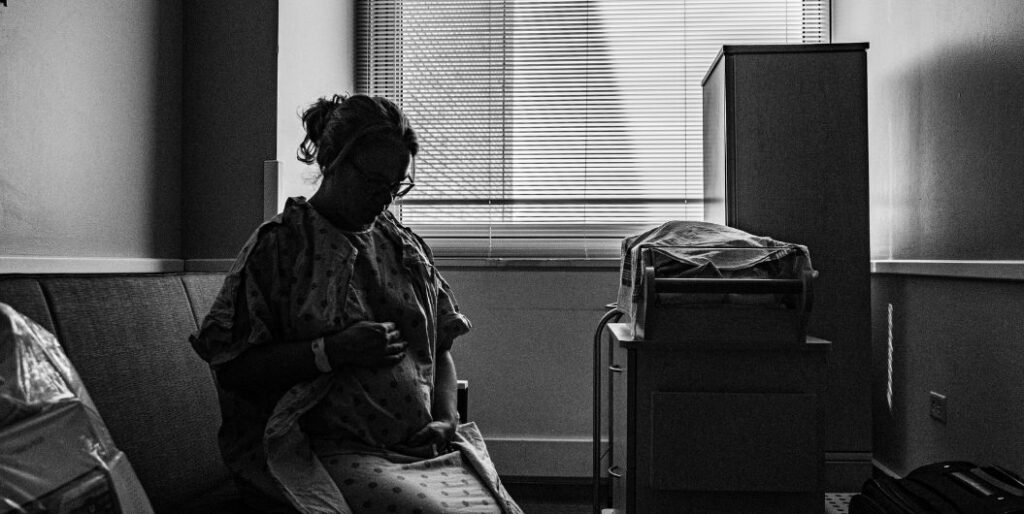Stages of Labor

For many pregnant moms, labor and delivery looms as both a joyfully anticipated event and a scary unknown. It is comforting to know each stage of labor and delivery so that you can cope with each as it comes, and anticipate the next.
First Stage
The first stage of labor and delivery is simply called, first stage. This stage of labor is broken down into two separate stages, called early labor and active labor.
Early Labor
Early labor begins as soon as your contractions begin and your cervix begins effacing (thinning) and dilating (opening). Early contractions may be so subtle and painless that many women won’t even notice that labor has begun. This stage may in fact go on for several hours, days or even weeks. Your baby may also begin a slow descent into a better position for labor and delivery, and you may experience the loss of your mucous plug.

Active Labor
Once your uterus has dilated to four centimeters, early labor transitions to active labor. This phase of the first stage of labor is when your body kicks labor into high gear. Contractions become more intense and regular, typically 60 seconds in duration, every five minutes, for at least an hour. The cervix is effacing and dilating more quickly, and you may find it more difficult to cope with the increasingly painful contractions.
By now, you should’ve contacted your doctor or midwife and received instructions. More than likely, you will be instructed to make your way to the hospital or birthing center. Active labor usually lasts six hours on average, but may be significantly less if you’ve already had a vaginal delivery or received Pitocin — or significantly more if this is your first delivery. You may elect to receive an epidural at this time, which generally slows down labor, but for some, may have no effect. Some women find that an epidural actually relaxes them enough to complete the active stage of labor.
During this stage of labor, you may find that your childbirth classes are coming in handy. Utilize any means available to help you cope with the pain of contractions by walking, sitting in a Jacuzzi bathtub, getting a backrub or listening to music.

At the end of active labor and the first stage is what is often referred to as transition. This is often the most intense stage of labor, when the cervix completes its job, dilating from 8 to 10 cm. Contractions typically last 60 seconds or more, and come every 2 to 3 minutes. Towards the end of transition, the contractions may be virtually on top of each other. The baby may complete its decent into the birth canal, resulting in intense rectal pressure and a strong need to push at this stage. You may also experience nausea and shivering.
Second Stage
The second stage of labor begins when your cervix is complete, and dilated at 10 cm, and ends when your baby is born. Again, depending on the woman, size of the baby and other circumstances, pushing can last anywhere from a few minutes to several hours. If you’ve already delivered vaginally, your chances for a short second stage are better. Doctors will carefully monitor your baby during delivery, to ensure his health and safety as well as your own.
Third Stage
The third stage begins after your baby is delivered. Although your job is for the most part complete, you still have to deliver the placenta. Due to the euphoric high of a newborn on your stomach, many new moms may barely notice the small push that delivers the placenta and completes labor and delivery. This is by far the easiest phase and the one where the rewards of the pain of labor are finally realized.
